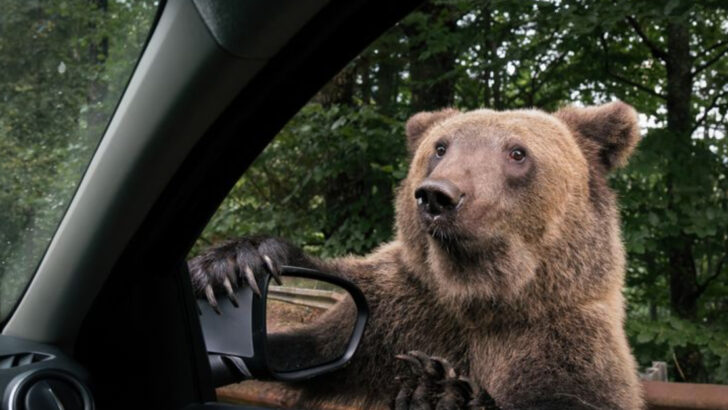One wrong move and you could be in a life-or-death situation. Bears are majestic, powerful creatures, but they can also be unpredictable and dangerous. Knowing what to do (and what NOT to do) when you cross paths with one could mean the difference between surviving an encounter and becoming a statistic.
It’s not as simple as just staying calm—there are real rules to follow, and your next actions will set the tone. Imagine you’re out in the wild, heart racing as you spot a bear. What now? Do you freeze? Run? Or, do you try to assert yourself without turning into lunch?
The truth is, knowing bear behavior and having the right strategies in mind can save your life. If you’re lucky enough to be in bear country, it’s time to educate yourself. These tips could help you outsmart a bear, or at least, avoid a fatal mistake!
Stay Calm
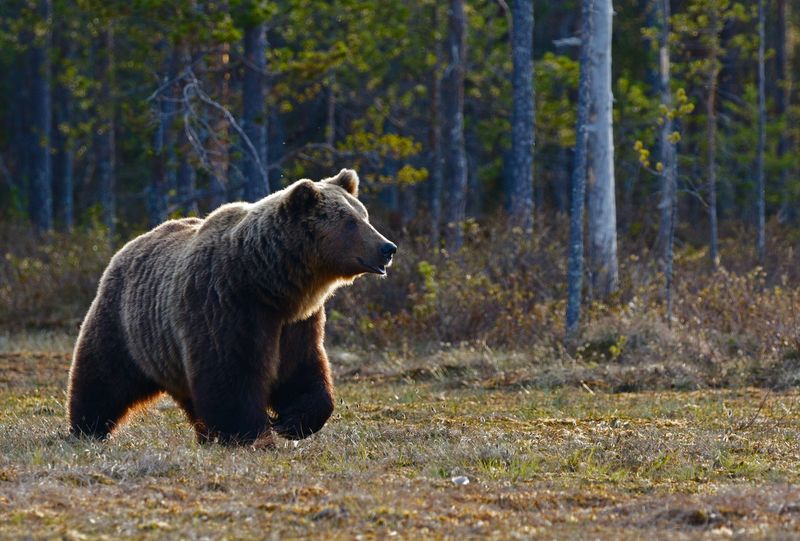
Remaining calm is your first line of defense when encountering a wild bear. Panic can lead to hasty actions that provoke the bear. Take deep breaths and assess the situation carefully. Remember, bears usually don’t want to interact with humans. Avoid sudden movements that might startle the bear. Keeping your cool helps you think clearly and decide on the best course of action. A calm demeanor is crucial for signaling to the bear that you are not a threat. Embrace your inner peace to convey respect and confidence, which can help de-escalate the situation.
Do Not Run
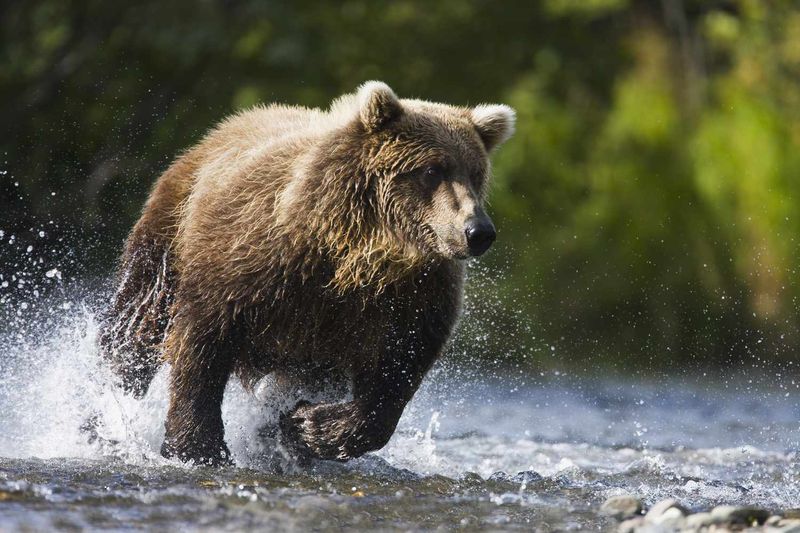
Running from a bear is a common instinctual reaction but is one of the worst things you can do. Bears can run faster than humans, making escape impossible. Sudden movements may trigger a chase response in the bear. Instead, slowly back away without turning your back on the bear. This non-threatening behavior reduces the likelihood of aggressive pursuit. Understanding that you cannot outrun a bear helps in planning a safe retreat. Stay composed, speak softly, and avoid direct eye contact. These actions can help maintain a peaceful distance and minimize the risk of provocation.
Make Yourself Big
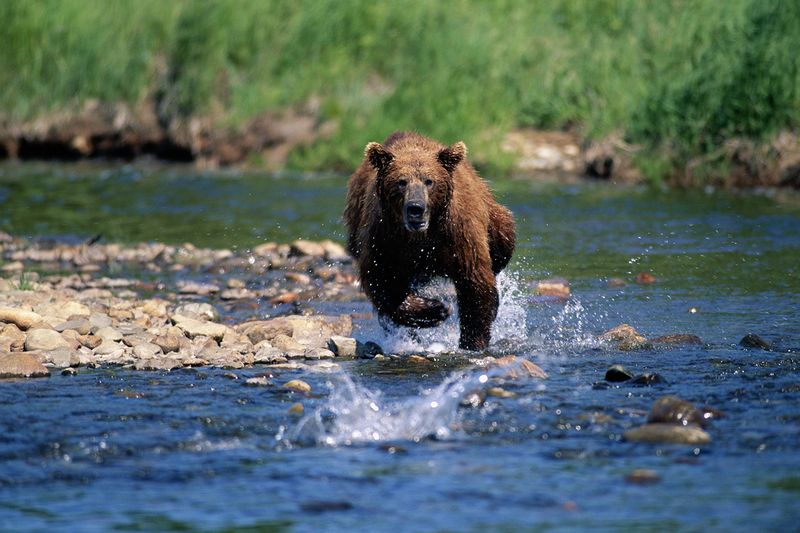
If a bear approaches, your goal is to appear large and dominant. Raise your arms, and if possible, hold a jacket or backpack above your head. This technique can make you seem like a formidable presence. Speaking in a firm, loud voice can also assert your dominance. The key is not to appear aggressive but confident. This tactic often convinces the bear that you are not prey. Remember to avoid direct eye contact, which can be seen as a challenge. Your aim is to communicate that you are both aware and in control of the encounter.
Don’t Make Sudden Movements
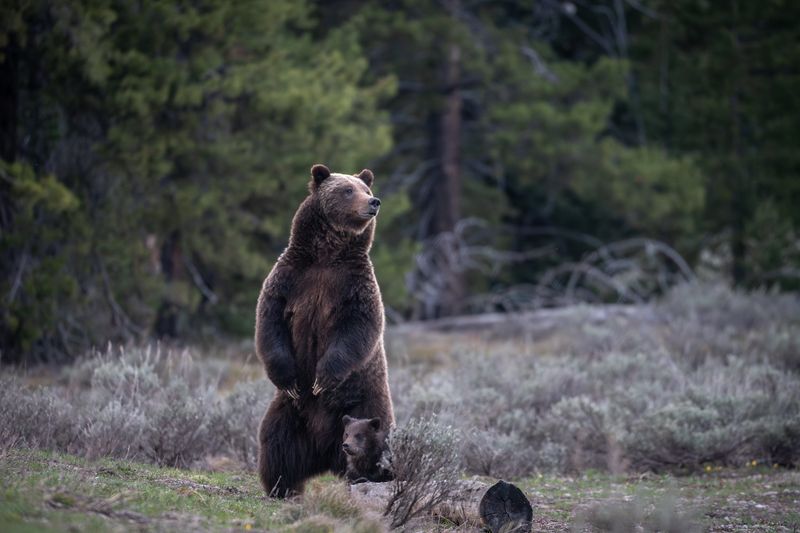
Sudden movements can startle a bear, leading to aggressive behavior. Keep your movements slow and deliberate. This approach reduces the chances of provoking the bear. When changing position, do so calmly and with careful observation of the bear’s reactions. Communicate with fellow hikers to ensure everyone maintains composure. Slow movements signal to the bear that you are not a threat. This technique is vital in maintaining a safe atmosphere. Understanding the bear’s body language can also aid in determining your next steps, ensuring both your safety and that of the bear.
Carry Bear Spray
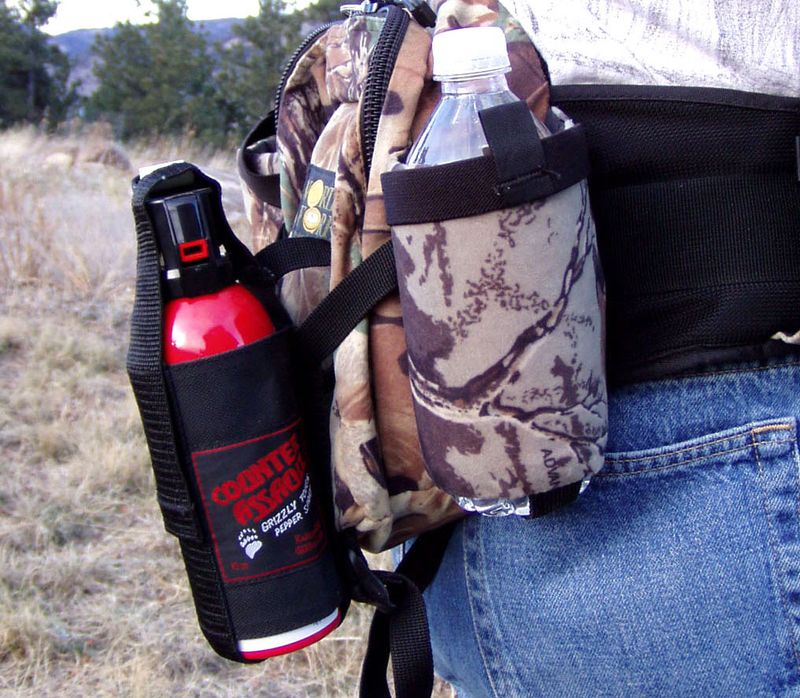
Bear spray is an effective deterrent and should be part of your essential gear when hiking in bear country. It can stop an aggressive bear in its tracks. Make sure you know how to use it properly before venturing out. In an encounter, aim for the bear’s face and discharge the spray when the bear is within 30 feet. The potency of bear spray can temporarily blind and disorient the animal, giving you time to retreat. Always have the spray easily accessible, not buried in a backpack. Preparedness with bear spray enhances your safety.
Know Bear Behavior

Understanding bear behavior can be a lifesaver in encounters. Bears communicate their intentions through body language. For example, a bear standing on its hind legs is often just trying to get a better view, not preparing to attack. Knowing the difference between bluff charges and real aggression is crucial. Educate yourself about the species of bears in your hiking area and their distinct behaviors. This knowledge empowers you to make informed decisions during an encounter. Recognizing signs of aggression versus curiosity helps you react appropriately, maintaining safety for both you and the bear.
Do Not Climb Trees

Climbing trees to escape bears is a common misconception. Most bears can climb trees faster than humans. Attempting to climb in a panic can lead to falls and injuries. Instead, focus on maintaining a safe distance and using deterrents like bear spray if necessary. Understanding that climbing is not a viable escape route helps you conserve energy for more practical actions. Always assess your surroundings for potential safe zones on the ground. Remember, staying grounded and calm is more effective than risking an unwise escape into the trees.
Stay in Groups
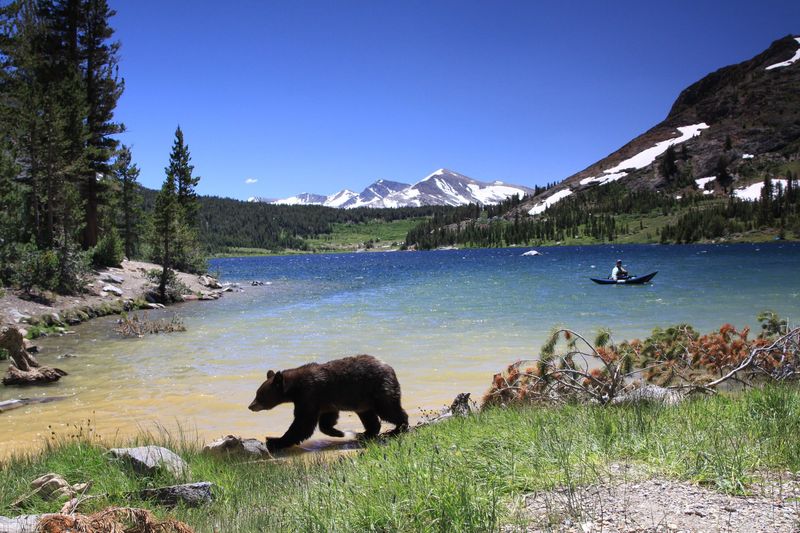
Bears are less likely to approach groups than individuals. Hiking with others not only enhances safety but also provides more eyes and ears to detect bears early. Group presence can deter a bear from investigating further. In an encounter, standing close together and raising your arms can enhance the effect of appearing larger. Collaborative decision-making during these moments is crucial. The collective strength of a group often outweighs the bear’s curiosity or aggression. Remember to keep noise to a minimum to avoid startling the bear, while still commanding attention.
Store Food Properly
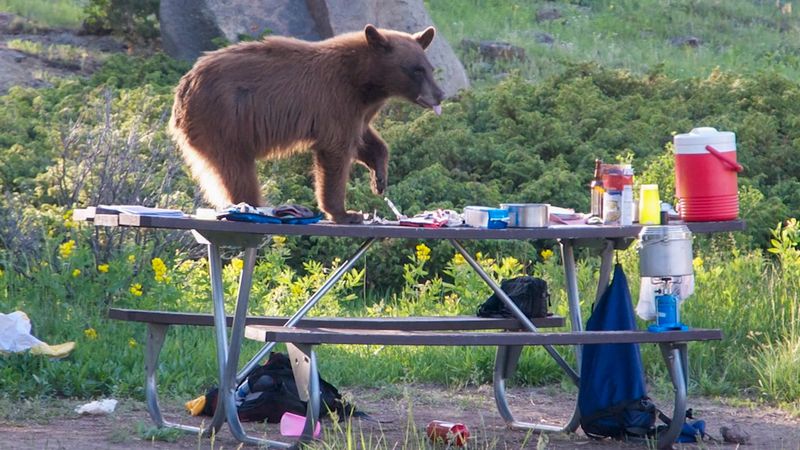
Improper food storage attracts bears and increases the risk of encounters. Use bear-proof containers to secure food and scented items. Hang food high in trees, away from tents, when such containers aren’t available. Awareness of regulations in bear habitats ensures compliance and safety. Proper storage not only protects you but also prevents bears from associating campsites with food. This practice aids in preserving wildlife by reducing bear dependency on human food. Keeping a clean campsite further minimizes attraction, maintaining harmony between adventurers and the natural environment.
Do Not Approach
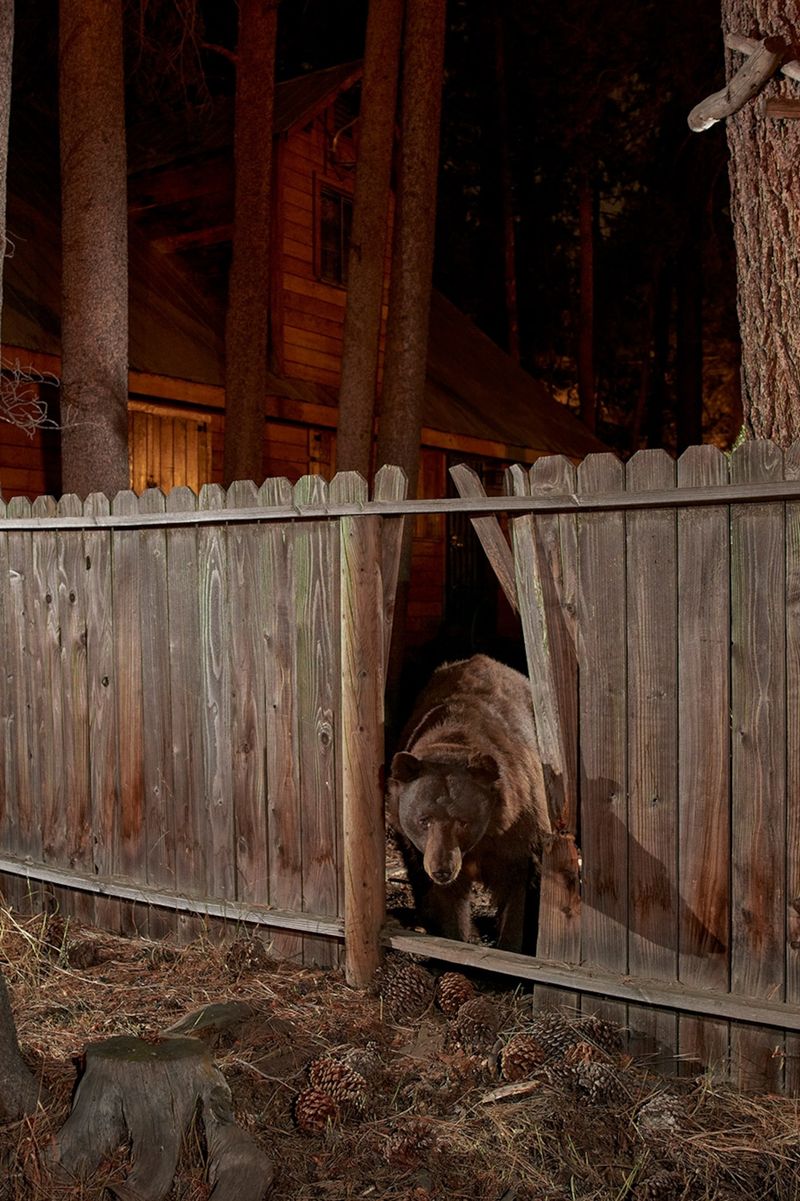
Approaching a bear, especially cubs, is extremely dangerous. Bears are protective and can become aggressive if they perceive a threat. Enjoy the sight from a safe distance, using binoculars if necessary. This approach respects the bear’s territory and reduces confrontation risks. Maintain awareness of your surroundings to ensure you’re not unknowingly cornering the bear. This respect for their space often leads to peaceful coexistence. Remember, their natural environment should remain undisturbed by human intrusion. Prioritize observation and learning from afar over close interaction, ensuring safety and conservation.
Don’t Feed Bears
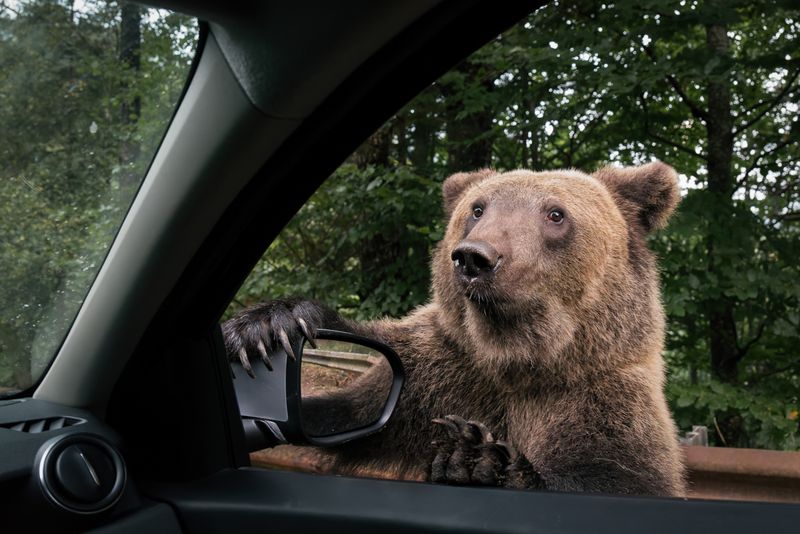
Feeding bears, intentionally or accidentally, is dangerous and illegal in many areas. It leads bears to associate humans with food, increasing the risk of aggressive encounters. This dependency can harm bears, making them more likely to be euthanized. Always secure your food and dispose of waste properly. Awareness and adherence to regulations protect both you and the bears. Feeding disrupts their natural foraging behavior, impacting their survival skills. Uphold principles of wildlife conservation by never feeding bears. This action fosters a healthy and respectful relationship between humans and nature.
Use Noise to Alert
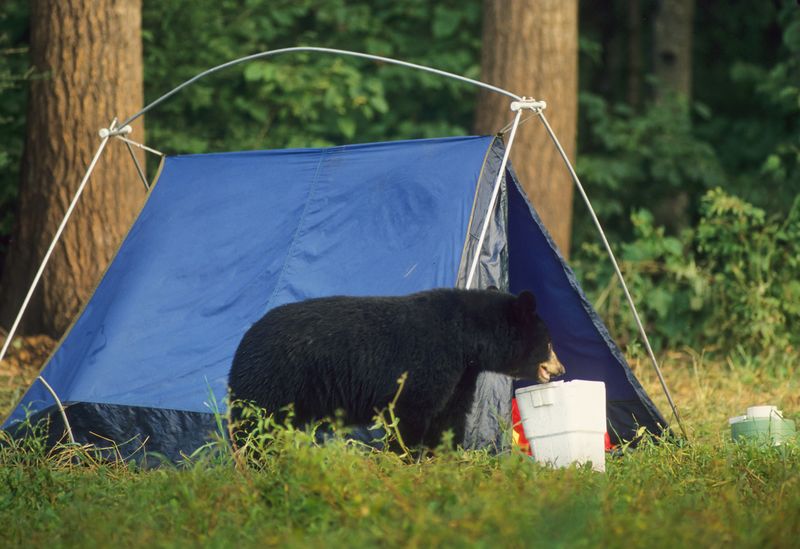
Making noise while hiking alerts bears to your presence, reducing surprise encounters. Clapping hands and speaking loudly can signal your approach. Bears usually avoid humans when they are aware of them in advance. This technique is particularly useful in dense forests and around blind corners. Noise acts as a preventative measure, enabling bears to vacate the area before you arrive. Keeping up a conversation or using bear bells are effective strategies. The aim is to create a clear, audible presence that respects the bear’s need for space, promoting peaceful wilderness experiences.
Back Away Slowly
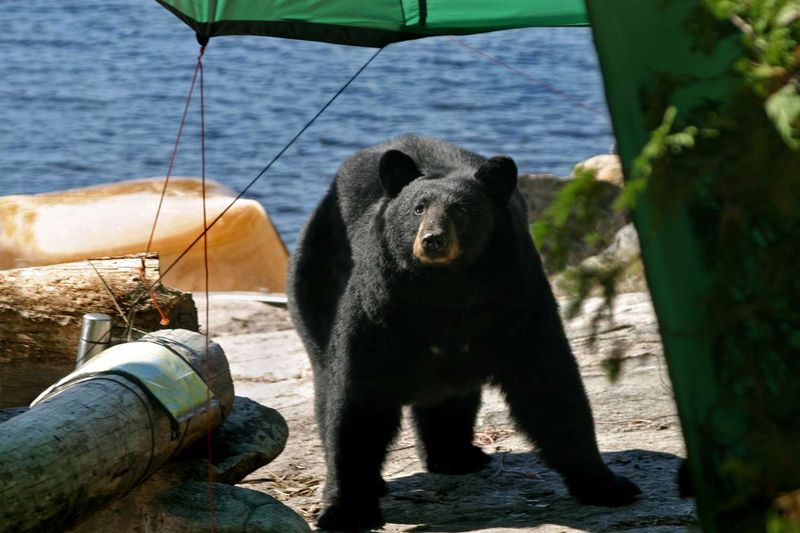
Backing away slowly from a bear is key to de-escalating encounters. Avoid turning your back or running, as these actions can provoke a chase. Step backwards with caution, keeping an eye on the bear’s behavior. This steady retreat communicates that you are not a threat. Maintaining a calm demeanor while backing away encourages the bear to lose interest. It’s essential to move towards a location that offers safety and visibility. By respecting the bear’s space, you can safely navigate away from the encounter, prioritizing both your safety and the bear’s natural instincts.
Report Bear Sightings
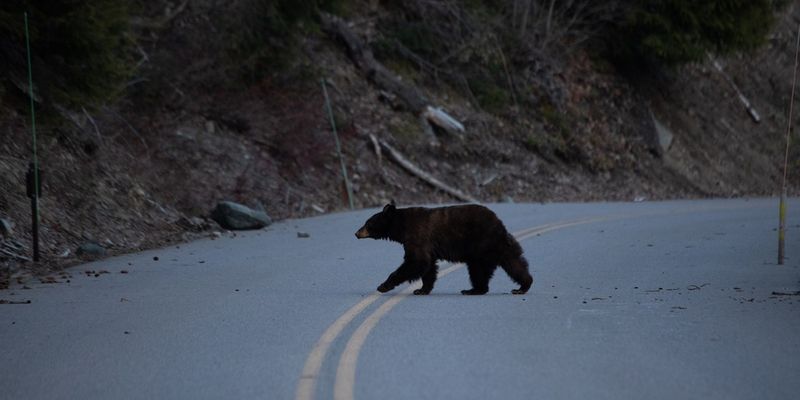
Reporting bear sightings to local authorities helps maintain accurate wildlife management. This information aids in tracking bear movements and behaviors, contributing to safety protocols. If you encounter a bear, document the time, location, and bear’s behavior. Share these details with park rangers or wildlife officials. This collaborative effort enhances the safety of both humans and bears. Reports can lead to the implementation of additional safety measures or educational programs. Participating in this process is vital for sustaining balanced ecosystems. Engage in proactive communication for safer and more informed wilderness experiences.

